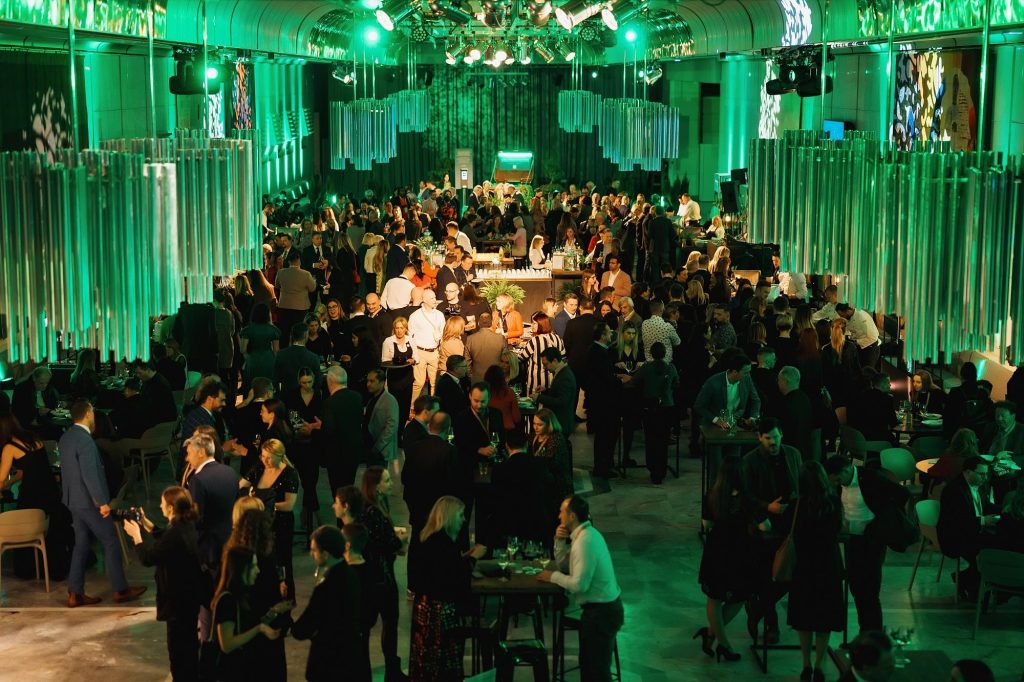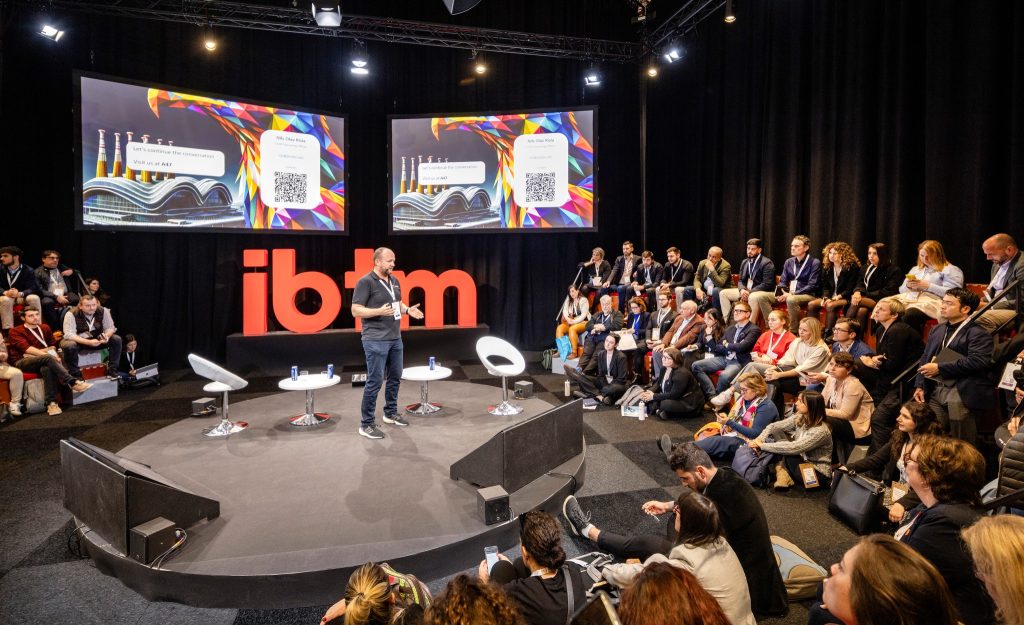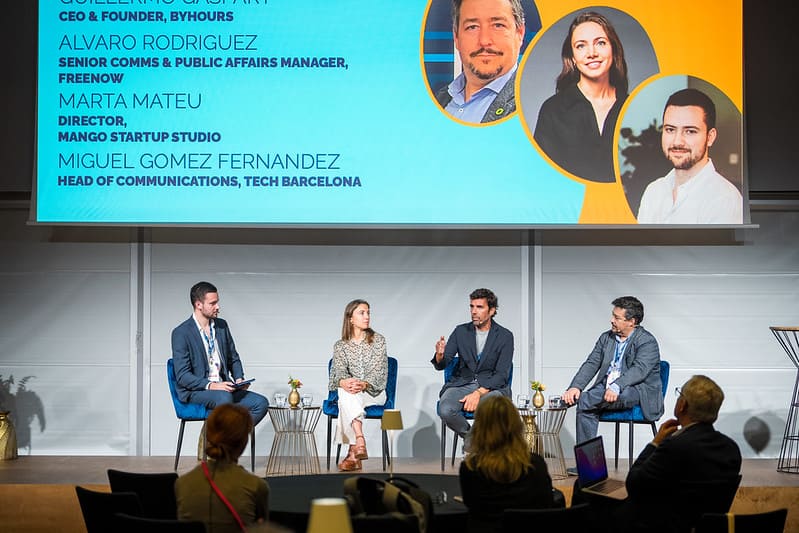Passionate about event production? We spoke to Tobias Åberg, Executive in charge of production Eurovision 2024
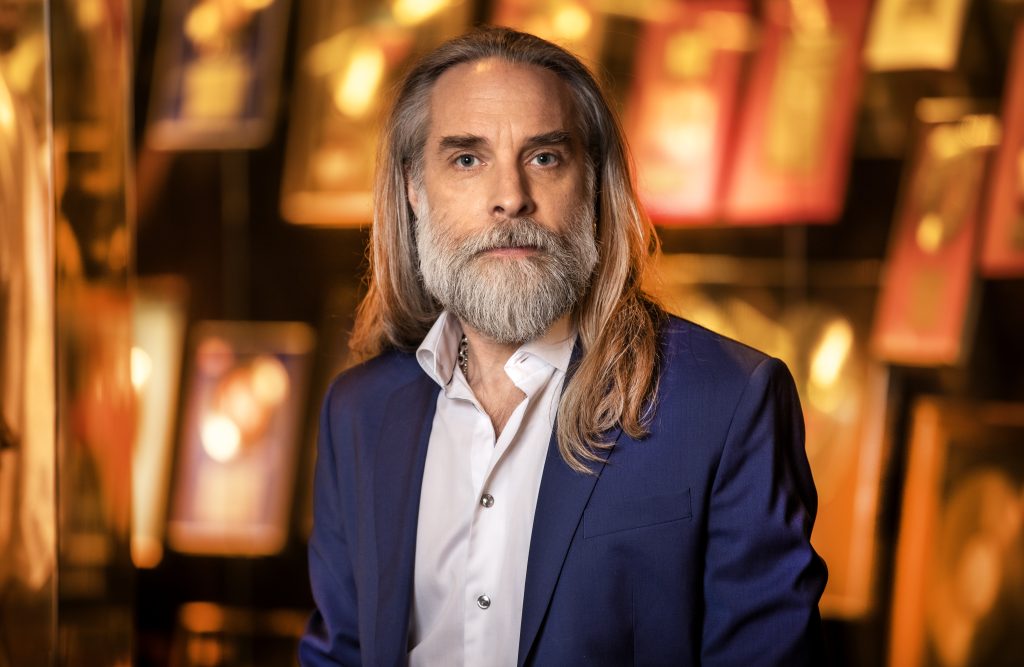
Share news
Listen
Is the stunning production of recent editions a key to the festival’s popular revival?
We are very proud of the level of production design. We have tried to create a more lively atmosphere, as Eurovision is becoming more and more music video oriented and we wanted to take inspiration from that. The response has been very good and yes, I think that has been part of the success of this edition.
What were the main points of the briefing?
When we asked set designers to submit their entry for Eurovision 2024, we gave them a brief in which we wanted to achieve an ‘OMG’ feel… but also the possibility of many variations on stage. This versatility was key to the choice. The final design was the result of cooperation between all the creatives and producers: set designers, lighting and screen designers, multi-camera designers, and the producers. The choice of set design was a bold decision, we knew it would present us with many challenges, both creative, technical and practical, but we couldn’t resist the challenge because we realised it would be amazing.
Eurovision is geared towards music videos and we wanted to take inspiration from them
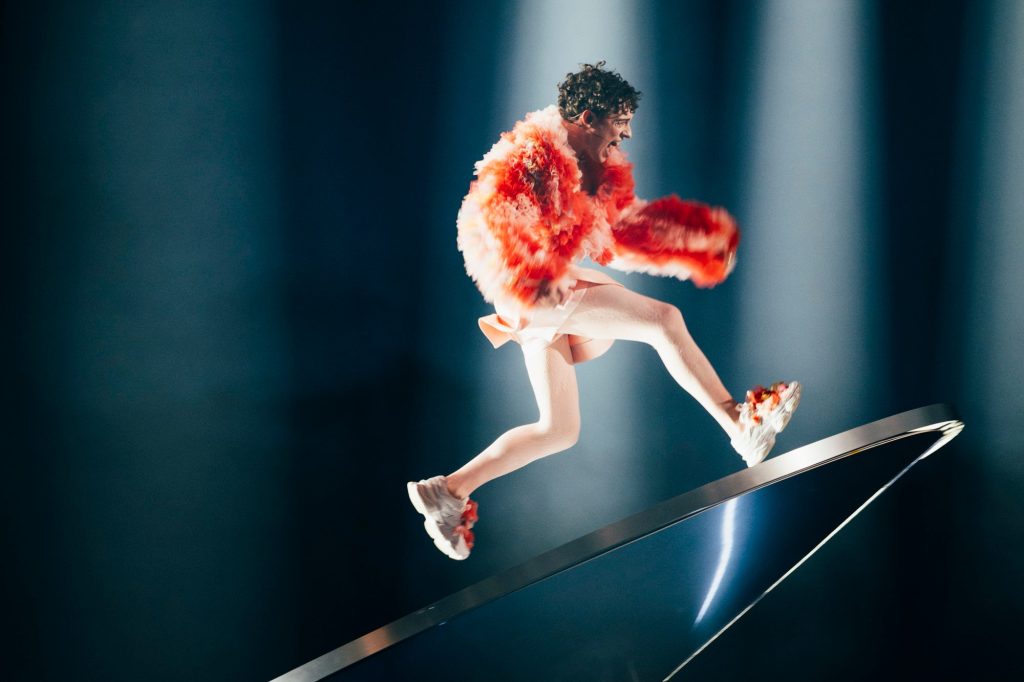
Photo: Sarah Louise Bennett
What are the key steps in the working process, who creates the design, who coordinates the production, who validates?
The production design was finalised with the creative, production and technical team. By including the main creatives and producers in the decisions, the work became a group effort and in the end we did not oversee any aspect of the design. My task in production design was to oversee the process and point out the most important decisions to be made, for technical reasons or for creative or economic reasons.
You had to support the performances of 37 artists, is that a huge challenge? Do you receive a wide variety of instructions, or do you specify what each artist can use, like a menu?
It is a huge challenge to support 37 acts in addition to the opening and intermission acts, and to make each act stand out with its own personality. Each delegation comes with its own vision for its performance. Sometimes they have a very clear vision and can give us a good summary and sometimes they need creative help. However, as producers, we will design their acts in such a way that they look as good as possible on our stage without losing their identity and their wishes.
It is a huge challenge to support 37 acts in addition to the opening and intermission acts, and to make each act stand out with its own personality.
The minimum we receive from each delegation is a mood board (look and feel), a video from the director of their performance and a specification of what they want as an extra. What they are allowed to use as additional equipment (e.g. pyrotechnics, props, etc.) is defined by strict rules, both on the size of the props and the fact that we will supply them with all the additional technical equipment (lights, lasers, etc.) and special effects for which they have been charged.
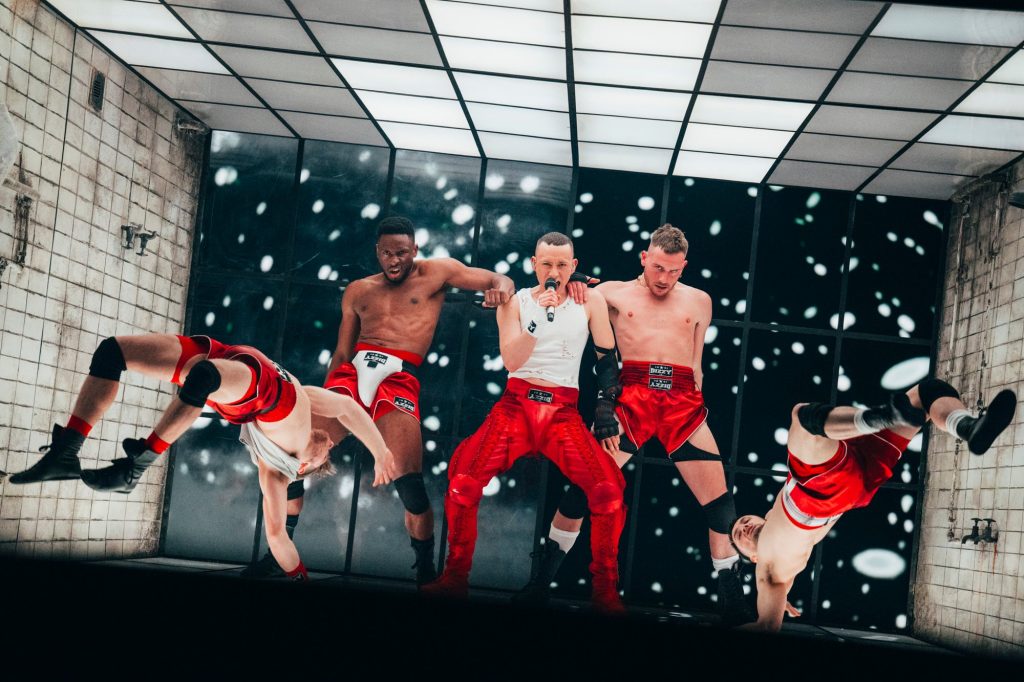
Photo: Sarah Louise Bennet
What are the main challenges for such a rapid succession of stagings?
Having a stage crew that works well and rehearses this many times. Our stage manager has done this event several times before and is very good at estimating what can and can’t be done during the time they have to do the set change. Also, the set change team consists of 40 people just for the prop change alone, not including the special effects, video or lighting technicians.
What has been the greatest achievement of this edition?
Taking on the challenge of a new concept in production and having it turn out so well. The centre stage was one of the most important decisions and the biggest challenge. We wanted the audience to be more involved in the TV production so that they could feel the live show through the screen. This posed several challenges, such as the visuals of the background, the technical problems of having an audience surrounding the stage when working on the stage, and logistical challenges, as this was not made easier by the change of set.
The stage in the centre was one of the most important decisions and the biggest challenge.

Photo: Corinne Cumming
The hanging LED cubes as a visual element were key to the set design. The cubes could take on different formations and appearances. We loved them from the beginning, and as they were one of the hallmarks of our set design, we only made adjustments, but tried to keep them as they were meant to be visually.
A lot of the lighting had to be moved by C1 engines during the show.
And, of course, the incredible amount and dynamism of the spotlights, which were hyper-visible, like beams of light. The lighting designer wanted to keep the lighting in symbiosis with the set design at all times with straight lines and ‘boxes’, and he succeeded. Given that we had a 360 degree feel and the LED cubes moved up and down, it was also a challenge to achieve a versatile but reference lighting design. This required much of the lighting to be moved by C1 engines during the show.
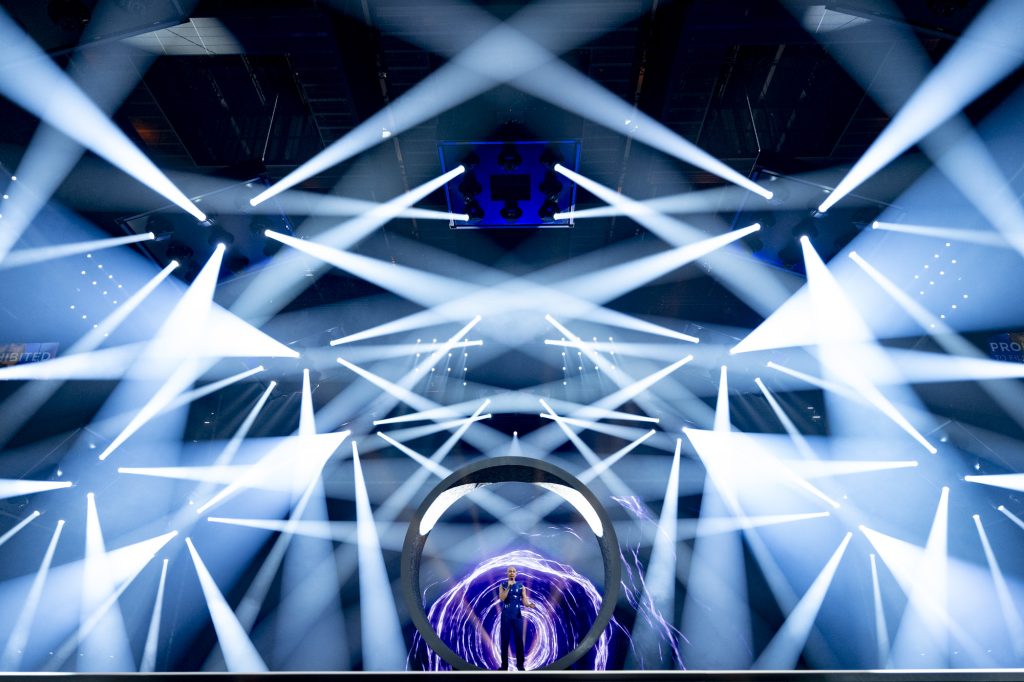
Photo: Sarah Louise Bennett
Another key decision was to place the ‘green room’ (where the performers are waiting to come out) backstage and have the ability to show it (by opening up the large LED screen), which also required the lighting rig to be able to reach as high as possible during this reveal. All these aspects required 200 C1 engines for all moving elements, lighting equipment, cubes, special effects truss and back wall.
Cover photo: Janne Danielsson/SVT


